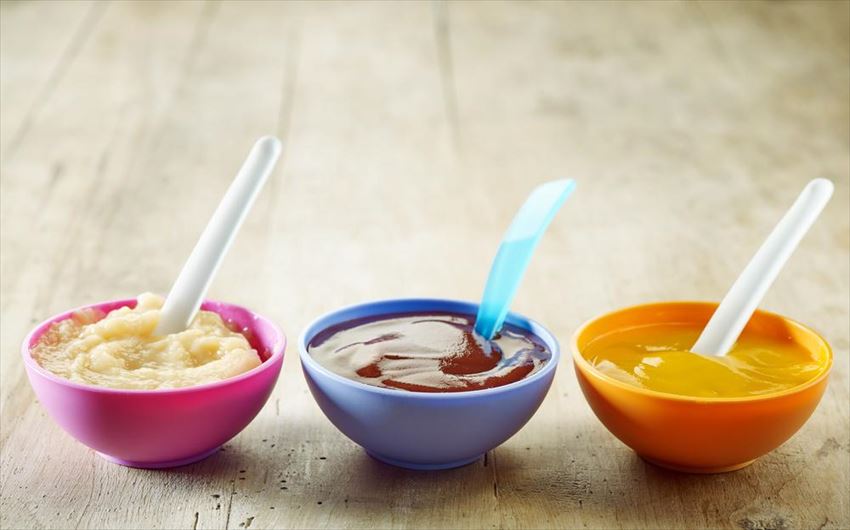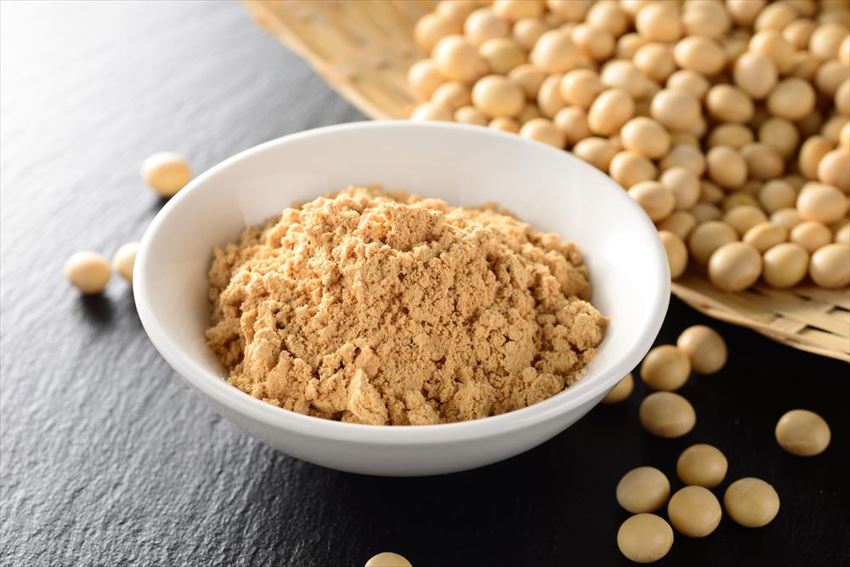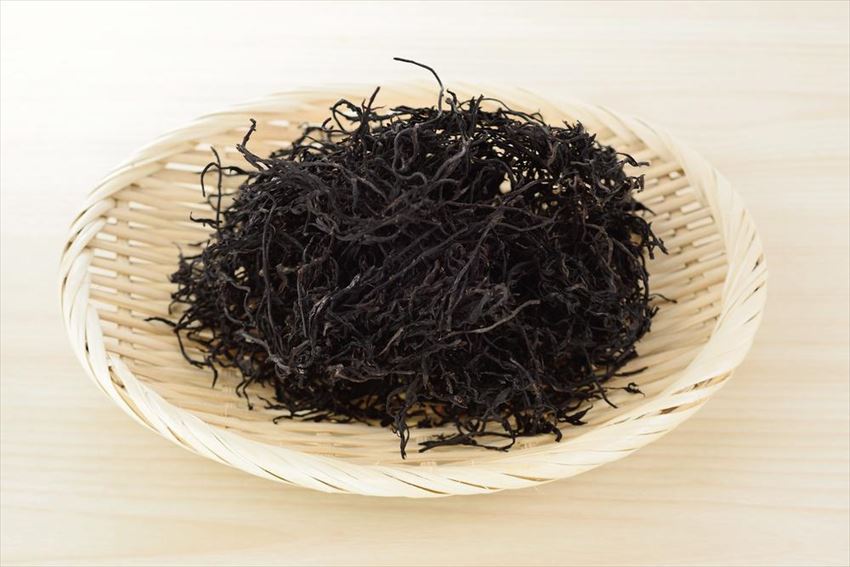
Regardless of the place we were born, parents hope their children grow up strong and healthy, so, they care about foods for their baby.
In Japan, there are more than 500 types of baby food on the market. They are classified into two types, one is dehydrated food that we need to pour boiling water, and the other is ready-made that we can give to our child just as it is.

(Above picture is “Tamagobouro” which is Japanese traditional snack. It melts full soon when it’s put in the mouth, so the baby who has no tooth can eat easily.)
In Japan, parenting still remains the responsibility of women in the majority of cases. When mother cooks for her child, she tends to do handmade cooking even for baby food as possible as she can. Otherwise it would be regarded as corner-cutting. So that there are tons of recipes and cooking classes taking place for mothers in Japan.
When parents cook for their child, they take steps depending on the age of a child in order to give the most suitable food at each period.
They gradually change texture, toughness to eat, strength of taste. It’s said that there are mainly four periods at the age of 5 months, 7 months, 9 months, 12 months. There is a Japan baby food association which helps parents who don’t have a know-how of proper way to give their babies food.
I’d like to finish up this article with introduction of three materials that Japanese people often use for baby food.

First, Kinako (roasted soybean flour), it is roasted to make it more digestible. It helps infants to take in nourishment efficiently. Soybean is said that it is highly nutritious as almost rich in protein as meat. Basically, you can use it by mixing with a milk or sprinkling over fruits to add flavor. One thing you have to care is the possibility of an allergy.

Second, Shirasuboshi (dried young sardines) contains a lot of calcium which helps to enhance infant’s tooth growth. For most Japanese people, Shirasuboshi is the first fish they have in their life!

Finally, Hijiki (edible brown algae), it has been frequently used for various kind of Japanese foods since the old days. Since Hijiki is rich in iron, calcium, phosphorus, potassium, it is known as an anemia-preventing food. It can make up for the loss of nutrients. You can use it by cutting into thin tips and then mixing with vegetables.
Homepage / Japan baby food association → http://www.baby-food.jp/index.html
Comments